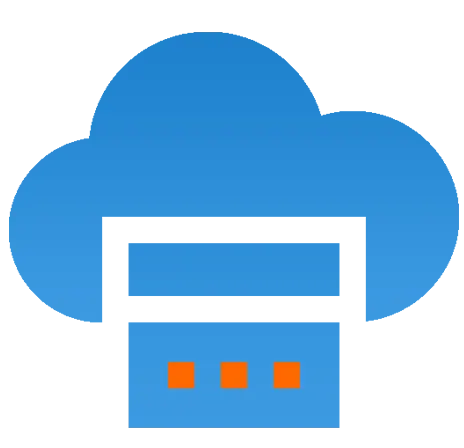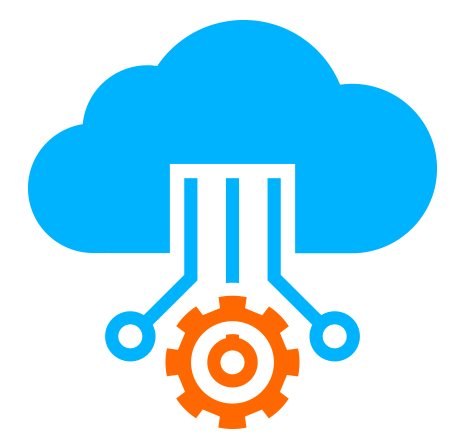 Server
Colocation
Server
Colocation
 CDN
Network
CDN
Network
 Linux Cloud
Hosting
Linux Cloud
Hosting
 VMware Public
Cloud
VMware Public
Cloud
 Multi-Cloud
Hosting
Multi-Cloud
Hosting
 Cloud
Server Hosting
Cloud
Server Hosting
 Kubernetes
Kubernetes
 API Gateway
API Gateway

Domain Name System (DNS) errors can disrupt website accessibility and network connectivity. Among these, an Internal DNS Error is a common issue that affects both individuals and businesses. It can prevent users from accessing websites, sending emails, or connecting to internal networks.
Understanding the causes of an Internal DNS Error is crucial for effective troubleshooting. This error occurs due to misconfigurations, server failures, or network conflicts. Without proper resolution, it can lead to prolonged downtime, affecting business operations and user experience.
In this article, we will explore the causes of Internal DNS Errors, troubleshooting techniques, and solutions to restore seamless connectivity. Additionally, we will discuss how hosting environments, such as dedicated servers and VPS hosting, play a role in managing DNS configurations efficiently.
Several factors contribute to Internal DNS Errors. Identifying the root cause is essential for applying the correct fix. Some common causes include:
A primary reason for Internal DNS Errors is the failure of DNS servers. If the primary or secondary DNS server is down, users cannot resolve domain names, leading to accessibility issues.
Misconfigured DNS settings can cause connectivity problems. Incorrect entries in DNS records or outdated cached records can prevent proper resolution of domain names.
Firewalls and security settings sometimes block DNS queries, leading to internal errors. Overly strict configurations can prevent DNS requests from being processed correctly.
Internal network issues, such as IP conflicts, misrouted traffic, or unstable connections, can trigger DNS errors. Ensuring a stable network connection helps mitigate these issues.
DNS servers handling high volumes of traffic may become overloaded, resulting in slow or failed DNS resolutions. This is common in high-traffic environments like Windows dedicated servers in India.
To fix Internal DNS Errors, follow these troubleshooting steps:
Restarting the DNS Client service on your device can resolve temporary issues. Use the following command in the command prompt:
net stop dnscache
net start dnscache
Flushing the DNS cache removes outdated records that may be causing conflicts. Run the following command:
ipconfig /flushdns
Ensure that your DNS settings are correctly configured. Verify that the primary and secondary DNS addresses are correctly set in your network settings.
If the internal DNS server is failing, switching to public DNS services like Google (8.8.8.8, 8.8.4.4) or Cloudflare (1.1.1.1) can temporarily resolve the issue.
Check firewall and security settings to ensure they are not blocking DNS queries. Adjust configurations if necessary.
Prevention is key to avoiding recurring DNS errors. Consider implementing the following solutions:
Hosting solutions like dedicated servers and VPS hosting provide better DNS management and stability, reducing the chances of DNS failures.
Using multiple DNS servers ensures reliability. If one server fails, the secondary server can handle requests, minimizing downtime.
Monitoring tools help detect DNS issues before they escalate. Regular performance checks can improve stability and response times.
A well-maintained network prevents connectivity issues that lead to DNS failures. Ensure proper load balancing and traffic management.
Internal DNS Errors can disrupt network connectivity, affecting businesses and individuals. By understanding the causes and following proper troubleshooting steps, you can resolve these issues efficiently. Implementing preventive measures, such as using dedicated servers, Windows dedicated servers in India, or VPS hosting, enhances DNS reliability and ensures seamless performance.
Proactive DNS management helps avoid downtime and improves overall system stability. If persistent DNS issues arise, consulting a cloud hosting provider or network administrator can help maintain uninterrupted service.

Let’s talk about the future, and make it happen!
By continuing to use and navigate this website, you are agreeing to the use of cookies.
Find out more


